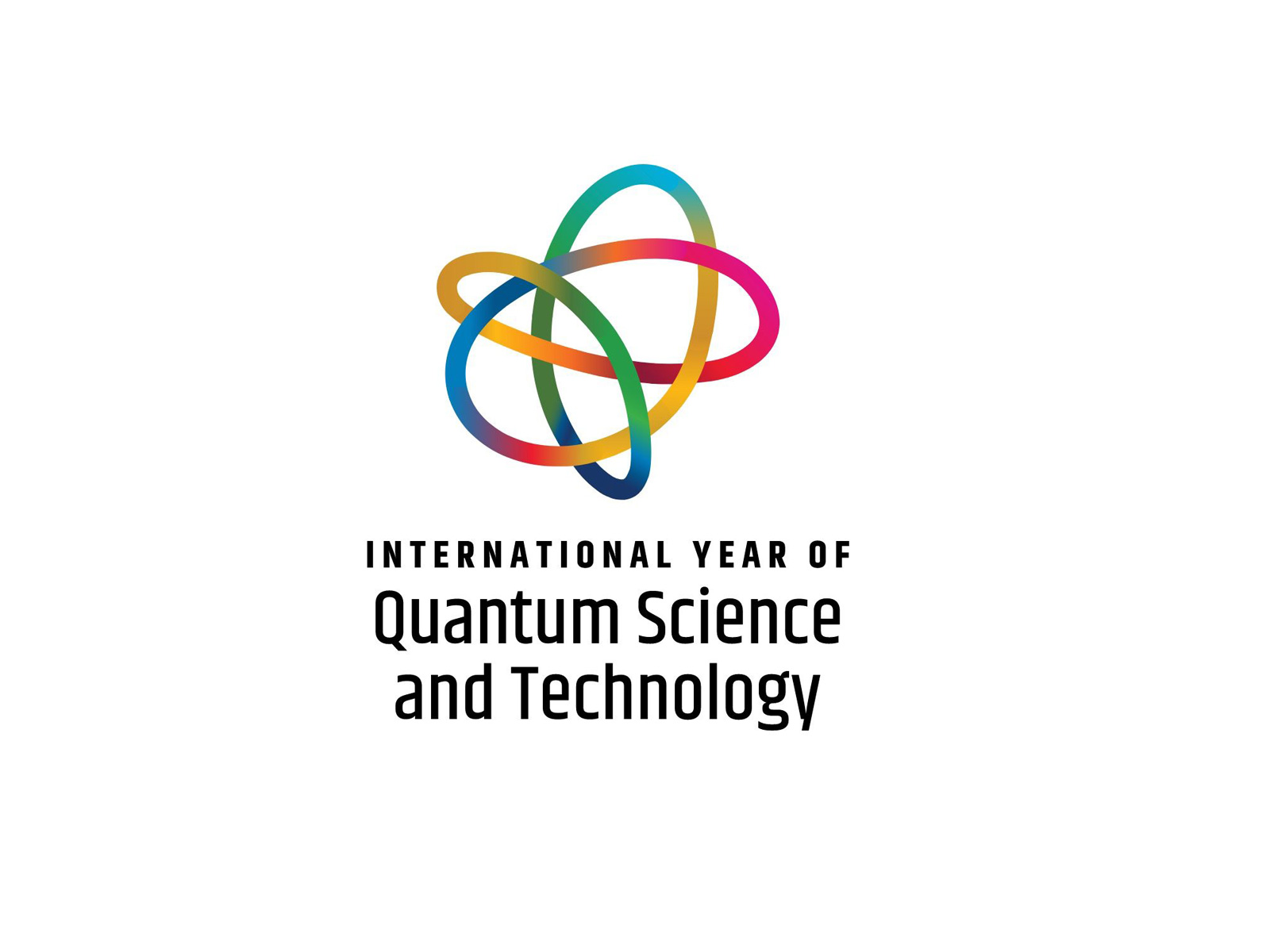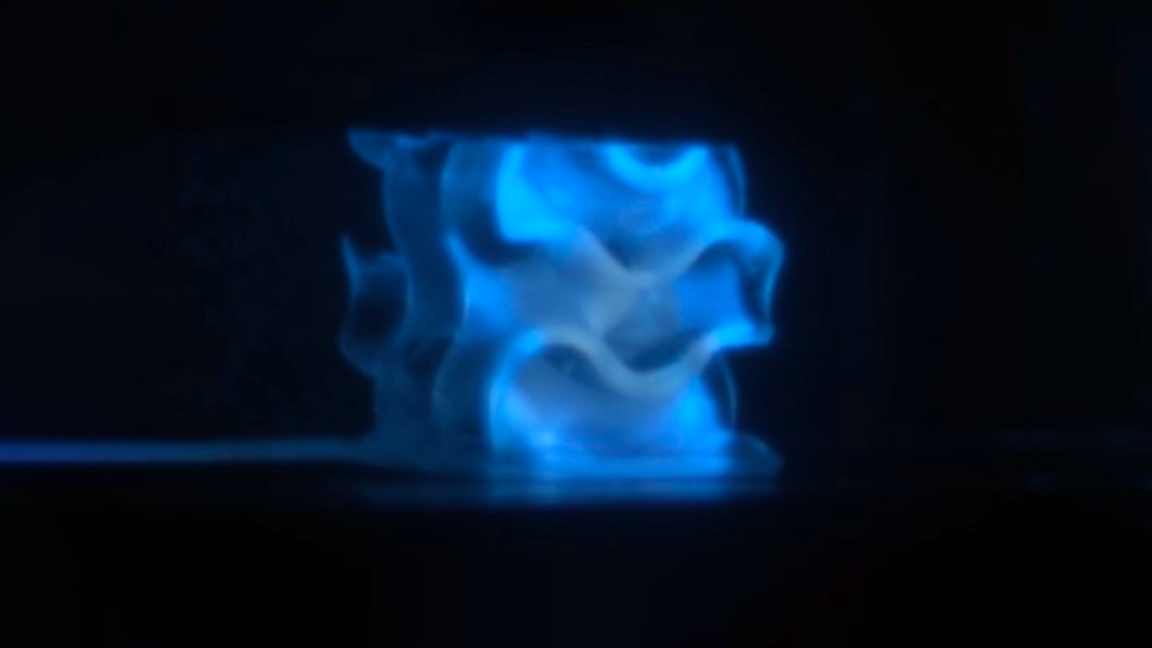 It is a process, predicted by the Standard Model of particle physics and long sought: indeed it took six years to identify the decay of the Higgs boson in a pair of fundamental particles, called b-quarks (from beauty). The observation, presented on August 28th at CERN, by the scientific collaborations ATLAS and CMS at the LHC accelerator, confirms the hypothesis that the quantum field of the Higgs boson, which pervades the whole universe, also couples with the b-quark giving it a mass. Identifying this decay channel has been anything but easy: there are, in fact, many ways to produce quark b in proton collisions. This makes it difficult to isolate the decay signal of the Higgs boson from the “background noise” associated with these processes. In order to definitively isolate the signal, the ATLAS and CMS collaborations had to combine the data of the first and second run of LHC, including collisions at the energies of 7, 8 and 13 TeV. The result, both for ATLAS and CMS, lead to the observation of the decay of the Higgs boson in a pair of b-quarks with a statistical significance of more than 5 standard deviations (5 sigma). Both collaborations measured a decay rate consistent with the Standard Model prediction, within the current measure.
It is a process, predicted by the Standard Model of particle physics and long sought: indeed it took six years to identify the decay of the Higgs boson in a pair of fundamental particles, called b-quarks (from beauty). The observation, presented on August 28th at CERN, by the scientific collaborations ATLAS and CMS at the LHC accelerator, confirms the hypothesis that the quantum field of the Higgs boson, which pervades the whole universe, also couples with the b-quark giving it a mass. Identifying this decay channel has been anything but easy: there are, in fact, many ways to produce quark b in proton collisions. This makes it difficult to isolate the decay signal of the Higgs boson from the “background noise” associated with these processes. In order to definitively isolate the signal, the ATLAS and CMS collaborations had to combine the data of the first and second run of LHC, including collisions at the energies of 7, 8 and 13 TeV. The result, both for ATLAS and CMS, lead to the observation of the decay of the Higgs boson in a pair of b-quarks with a statistical significance of more than 5 standard deviations (5 sigma). Both collaborations measured a decay rate consistent with the Standard Model prediction, within the current measure.
You might also be interested in

EuPRAXIA chooses ELI Beamlines as second site for laser-driven accelerator

The record neutrino observed by KM3NeT
07 February 2025
Read more The record neutrino observed by KM3NeT

INFN celebrates the STEM WEEK and the International Day of Women and Girl in Science 2025

International Year of Quantum Science and Technology, 2025
03 February 2025
Read more International Year of Quantum Science and Technology, 2025

A new generation of plastic scintillators thanks to 3d printing

Capturing the accretion flow of M87* black hole
22 January 2025
Read more Capturing the accretion flow of M87* black hole